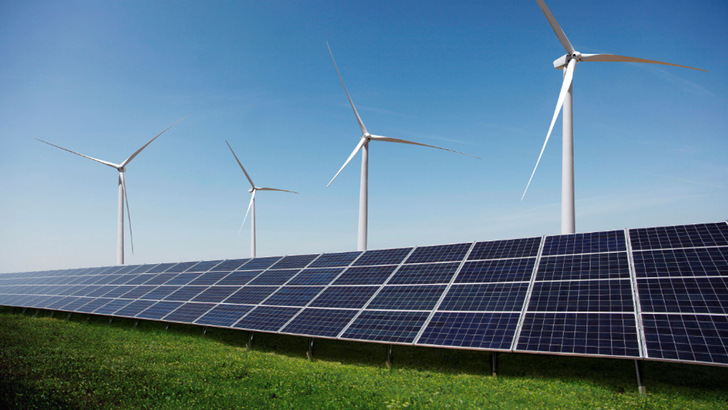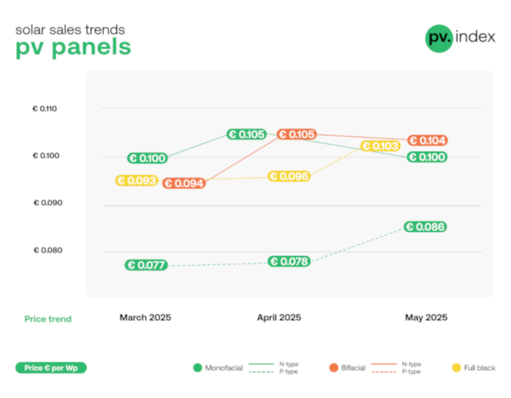The secure full supply of the Federal Republic of Germany with renewable energies is possible and realistic - even if the central generation technologies of photovoltaics and wind power feed in volatile and dependent on the weather. Comprehensive calculations by a team of researchers from the German Institute for Economic Research (DIW) in cooperation with scientists from the Department of Economic and Infrastructure Policy at the Technical University of Berlin show that this would not only guarantee security of supply - in each of Germany's 38 administrative districts - but also grid stability.
300 gigawatts of solar and 220 gigawatts of wind needed
In their calculation, they took into account the energy demand of industry as well as the increasing electricity demand due to sector coupling. The researchers also took geographical peculiarities into account. These include the number of hours of sunshine or the wind strength in the different regions. Overall, the authors calculate an electricity demand of 1,070 terawatt hours that will have to be covered at the end of the energy transition.
See also: Citizen empowerment for successful energy transitions
In addition, 139 terawatt hours are needed to produce sufficient quantities of hydrogen as a seasonal storage medium and synthetic fuels. This requires 300 gigawatts of photovoltaic capacity, 218 gigawatts of onshore wind power capacity and about 20 gigawatts of offshore wind power. In addition, there are electrolysers with an output of 83 gigawatts and 27 gigawatts of battery storage capacity with the corresponding battery capacity. In addition, about 90 gigawatts of output from hydrogen turbines are needed.
Include grid expansion costs
However, full supply with this expansion will only be possible if the necessary grid expansion costs are included in the price. Otherwise, the expansion of generation facilities would shift to offshore wind power. The expansion of offshore wind power would then increase to 50 gigawatts of output. Accordingly, these plants would push back onshore wind power and photovoltaics. Overall, the expansion of output would remain the same.
Also interesting: Why renewables must be the alternative
There is, however, a difference in storage technologies. This would shift in the direction of hydrogen away from battery storage. In addition, the need for grid expansion would more than double, as generation facilities would no longer be built close to consumers.
Decentralised expansion near the consumers
This is why the authors, led by Claudia Kempfert of the DIW and Christian von Hirschhausen of the TU Berlin, recommend decentralised expansion of an energy system based on renewable sources that is close to the people. By building the green energy plants close to the consumers, the energy system becomes more efficient. Above all, decentralised energy supply saves grid expansion that would otherwise be necessary.
Citizen participation for greater acceptance
With decentralised supply, the individual regions are largely independent of domestic and foreign electricity imports. In addition, citizens could benefit not only from lower electricity prices, but also from participation in the generation plants, if the expansion is underpinned by appropriate participation models. This in turn contributes to the acceptance of the energy transition. However, a decisive argument in favour of decentralised expansion is also that it drastically reduces the risk of centralised grid bottlenecks and power outages - especially due to the increasingly expected hacker attacks. (mfo)








